The movement had a strong influence, calling on all classes of women to participate, contributing with the entire army and people to bring the cause of resistance against the US, saving the country to victory. To this day, the tradition of "Three Virtues" still resonates in the history of the Vietnamese people...
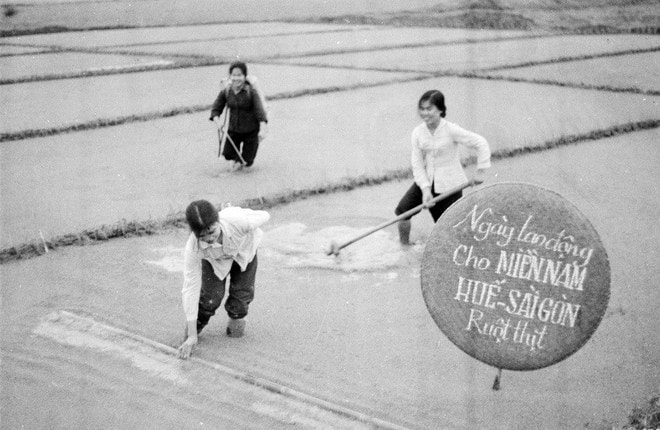
The great rear of the southern front
In March 1965, from the initiative of women in Dan Phuong district, a movement called “Three responsibilities” was launched by the Central Committee of the Vietnam Women’s Union among women nationwide. This meaningful movement was paid attention to by President Ho Chi Minh and he suggested changing the name to “Three responsibilities”: Responsibility in production and work, replacing men who went to war; Responsibility in family work so that husband and children can fight with peace of mind; Responsibility in serving the war and being ready to fight to protect the Fatherland. The movement created a widespread emulation wave...
After only two months of launching, the entire North had 1.7 million women registered to compete and make achievements in the movement. In Hanoi, in just a short time, more than 50,000 women of all ages and backgrounds registered to volunteer for the “Three Virtues”. Regardless of day or night, regardless of enemy bombs and bullets, the women enthusiastically worked, produced, worked, were ready to fight and serve in combat. As wives and mothers who took care of the family, the women devoted themselves to raising and educating their children to adulthood, and devotedly cared for their elderly parents.
Ms. Pham Thi Duong (born in 1931, in Dong Tan commune, Ung Hoa district) shared: “During that period of turmoil in the country, we always worked hard to contribute to the Fatherland. I was assigned by the Party to be in charge of the Women's Union, organizing women to produce, work, and replace brothers who went to war. My husband was also a soldier, fighting in the battlefields of the South, Laos, Cambodia... I encouraged the women in the commune and village, and encouraged myself to take good care of my family and local affairs so that my husband and his comrades could rest assured to fight and gain national independence.”
Promoting the tradition of diligence and hard work, women can do everything that women have never done before, including jobs that require technical skills. In production as well as in combat, women in the capital have clearly demonstrated extraordinary determination with the slogans "The enemy attacks once, we do ten", "The enemy attacks during the day, we produce at night", "One hand plows, one hand guns", "One hand hammers, one hand guns", "Each person does the work of two"... Tens of thousands of initiatives have been proposed to exceed the plan, and female "champions" with high wages have appeared.
A typical example is Labor Hero Cu Thi Hau, a worker at the 8-3 Textile Factory. Her husband went to war, her two children were still young, but she still ensured a high average working day, exceeding the plan, and was the top worker in the Textile Industry's competition. The Textile Workshop divided into 3 shifts working 24 hours. 100% of the workers operating the weaving machines were women. The factory had 1,200 weaving machines, each woman usually operated 8, 12, 16 machines, and a few women operated 24 machines. The working atmosphere in the workshop was always filled with competition, boosting production, and everyone strived to exceed productivity. Some women in the workshop studied on their own to improve their skills to take on the work of men who went to war, such as loading, transporting, repairing machines, and volunteering to work overtime. “The “8-3” brand fabric is available in all provinces and cities in the North. In particular, at that time, the factory also produced ropes and cords for the “unnumbered train”…”, Labor Hero Cu Thi Hau shared.
With the slogan “The heart can stop beating, the machine cannot stop running”, women in many units transported hundreds of thousands of tons of machinery to evacuate, overcoming difficulties to ensure stable production. Women in the Construction industry built many air defense bunkers, ordered tens of thousands of personal “buy” tubes to protect people and property. Women in the Transport industry stayed on the road, sorted goods to open traffic, filled bomb craters, repaired bridges and ferries, and cleared the road. Women in the Commerce industry stayed at key locations to promptly serve the army and forces to overcome the consequences after battles...
Not only did women work enthusiastically and strive to achieve “not a single grain of rice was missing, not a single soldier was missing”, providing human and material resources to the South, they were also a very brave and courageous fighting and combat service force. There were tens of thousands of women in supply, first aid, and rescue teams, contributing more than 2 million working days to build artillery positions, dig trenches, and defuse unexploded bombs, etc.
It can be affirmed that the women's movement "Three Virtues" has attracted and strongly promoted the spirit of emulation in production, fighting, studying and advancing of women. From 1965 to 1974, Hanoi women were awarded 2 Labor Medals, Flags and many Certificates of Merit by the Central Committee of the Vietnam Women's Union, 20,884 women achieved the title "Three Virtues" for 4 consecutive years.
Forever noble values
The war has receded in the S-shaped land, but the revolutionary spirit of the "Three Responsibilities" movement remains intact in the new era, a precious heritage, a driving force for women in the capital in particular and Vietnamese women in general today to continue to firmly step on the path of integration and development.
Associate Professor, Dr. Bui Thi An, President of the Hanoi Women Intellectuals Association, commented: “Three Responsibilities” is not only a movement of historical significance but also a symbol of the resilience, creativity and bravery of Vietnamese women. That spirit has contributed significantly to the overall victory of the entire nation, liberating the South and unifying the country.
Nowadays, under the leadership of the Party, women of the new era are more aware of their roles and responsibilities, constantly studying and training to improve their political level, professional capacity and vocational skills. Women are not only good wives and mothers, but also talented leaders, scientists, good businesswomen... who have contributed a lot to the development of the capital and the country.
Promoting the tradition of “Three Virtues”, in each historical period, Hanoi women have been and are continuing to write new pages of history with movements bearing the unique characteristics of Hanoi women, contributing to the implementation of the city's political tasks. Many practical and effective emulation movements and campaigns have been launched and implemented by the Women's Union, attracting a large number of women to participate, such as: "Capital women actively study, work creatively, build civilized and happy families"; now the movement to build Hanoi women who are "Loyal - Creative - Virtuous - Elegant", associated with studying and following Ho Chi Minh's ideology, morality and style; the campaign "Capital women behave beautifully"; building families of "5 no's, 3 clean's", helping each other develop the economy, be creative, be good at public affairs and good at housework... Many practical models with profound humanistic meanings have been widely replicated.
Chairwoman of the Hanoi Women's Union Le Kim Anh said: Thousands of projects and tasks have been registered and effectively implemented by the Union at all levels, such as: Building and repairing houses of gratitude and charity shelters; supporting the construction and repair of schools, beautifying historical sites; military rear work, supporting Vietnamese Heroic Mothers and Martyrs' Mothers; giving scholarships to help children go to school... From emulation movements, many advanced models have been selected as "Good people, good deeds" at all levels, Outstanding Capital Women, Outstanding Capital Citizens, Vietnamese Women's Awards... contributing to beautifying the tradition of Vietnamese women.
On the land where the "Three Virtuous Women" movement originated, the Women's Unions at all levels of Dan Phuong district not only promote the widespread propaganda of the revolutionary spirit of "Three Virtuous Women", but also promote the tradition, actively compete in building new rural areas with specific, practical, effective models and actions that have a widespread influence in the community. "Preserving and promoting the tradition of "Three Virtuous Women", in recent years, many emulation movements of the district Women's Union have created a great spread. In particular, Dan Phuong has always been the leading district of the city in terms of new rural construction results in all stages. These results have important and positive contributions from the Women's Unions at all levels in the district", said Chairwoman of the Dan Phuong District Women's Union Nguyen Thi Bay.
60 years have passed, but the “Three Virtues” movement is still alive and resounds forever in our hearts with so much pride and admiration for Vietnamese women in the 20th century. In the process of national renewal, the spirit of “Three Virtues” has always been a source of motivation to encourage Vietnamese women in general, and Hanoi women in particular, to compete for patriotism every day, striving to contribute to building a rich, civilized, modern capital and country, creating new miracles in the era of national development.
(To be continued)
Source: https://hanoimoi.vn/ky-niem-50-nam-ngay-giai-phong-mien-nam-thong-nhat-dat-nuoc-30-4-1975-30-4-2025-thu-do-ha-noi-hau-phuong-lon-tron-nghia-ven-tinh-bai-6-ba-dam-dang-loi-hieu-trieu-ngan-vang-700026.html


![[Photo] Special flag-raising ceremony to celebrate the 135th birthday of President Ho Chi Minh](https://vphoto.vietnam.vn/thumb/1200x675/vietnam/resource/IMAGE/2025/5/19/1c5ec80249cc4ef3a5226e366e7e58f1)
![[Photo] Party and State leaders attend the special art program "You are Ho Chi Minh"](https://vphoto.vietnam.vn/thumb/1200x675/vietnam/resource/IMAGE/2025/5/18/6895913f94fd4c51aa4564ab14c3f250)



![[Photo] Party and State leaders visit President Ho Chi Minh's Mausoleum](https://vphoto.vietnam.vn/thumb/1200x675/vietnam/resource/IMAGE/2025/5/19/d7e02f242af84752902b22a7208674ac)



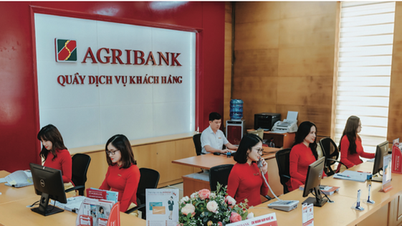
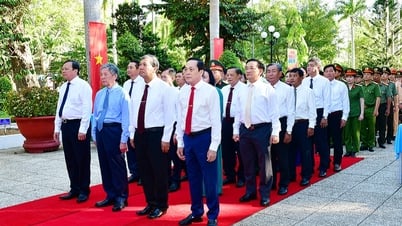
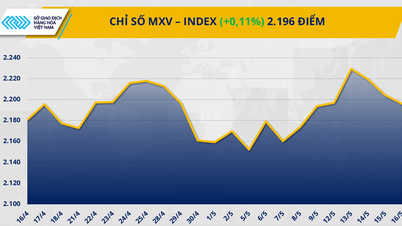






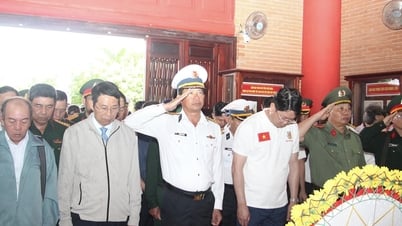
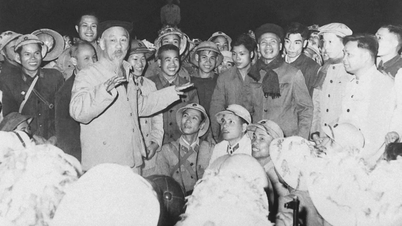


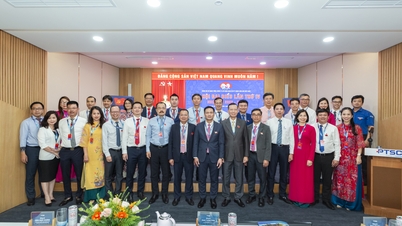




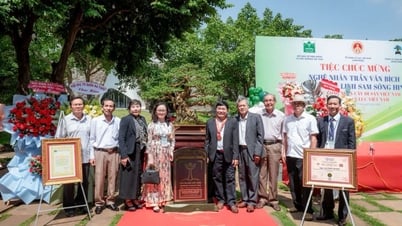












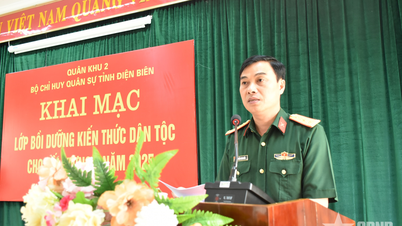
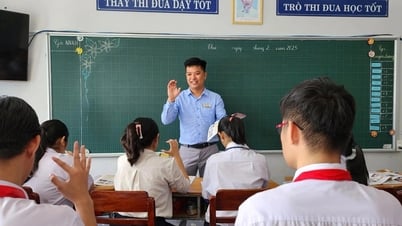

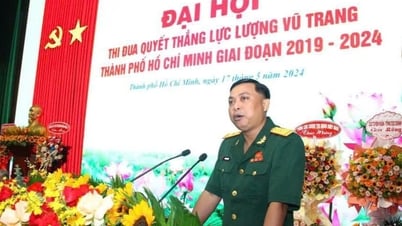





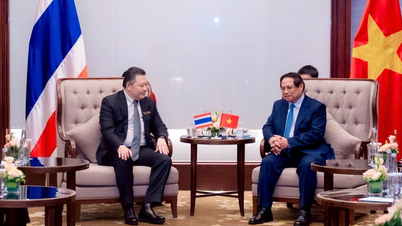




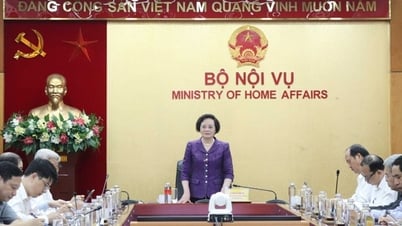

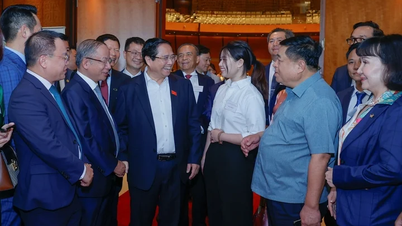
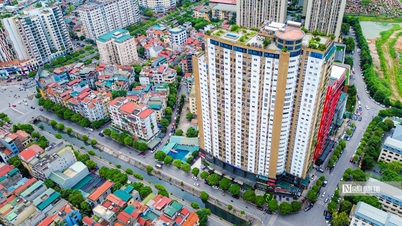


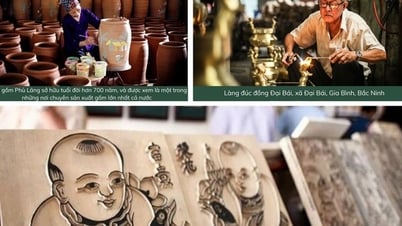

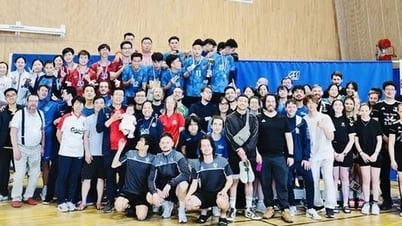

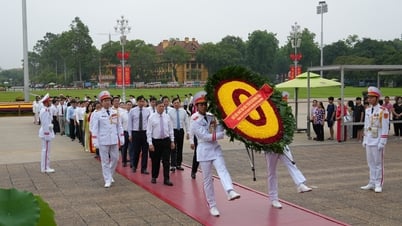

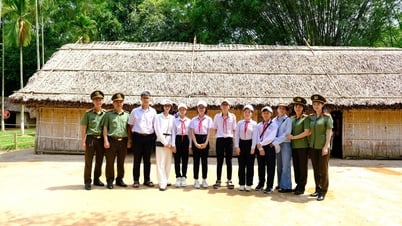

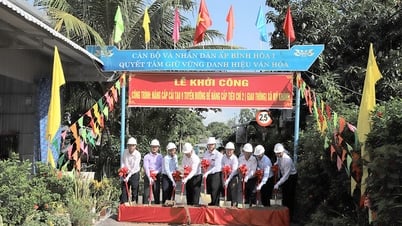

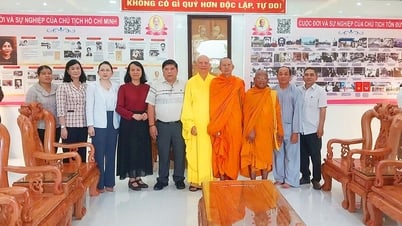

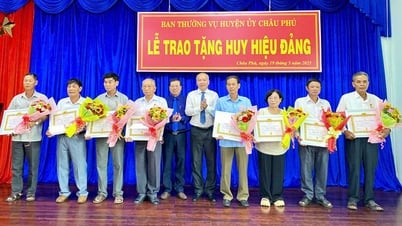
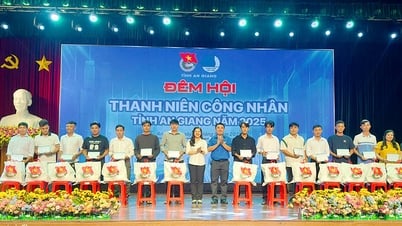
![[VIDEO] - Enhancing the value of Quang Nam OCOP products through trade connections](https://vphoto.vietnam.vn/thumb/402x226/vietnam/resource/IMAGE/2025/5/17/5be5b5fff1f14914986fad159097a677)






Comment (0)